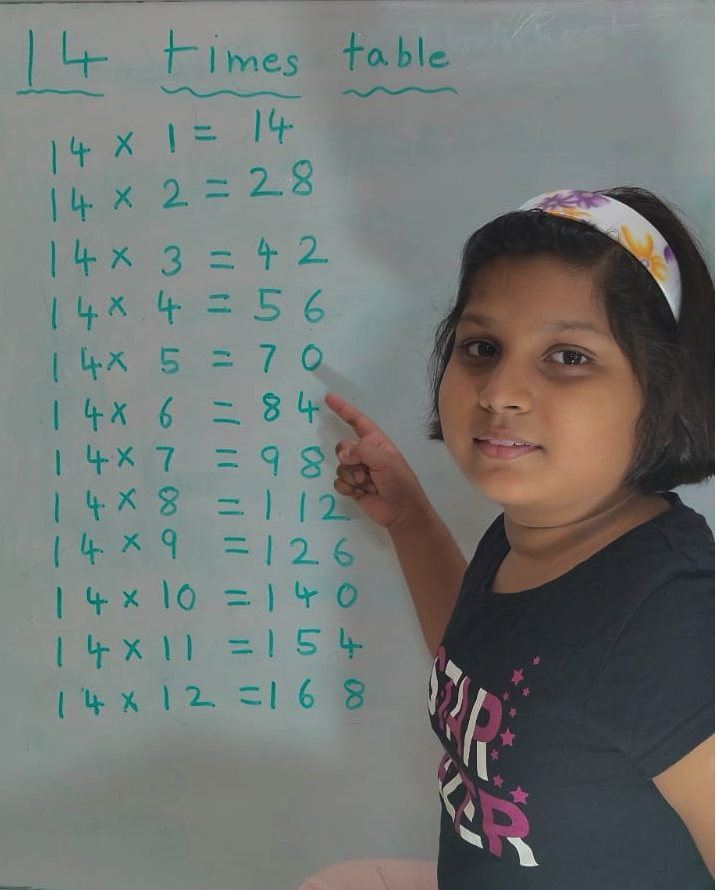Evaluation of Subject by Substitution
After learning about the subject of an equation, let us move to the next topic of the discussion, i.e., evaluation of formula by substitution. Under this topic we’ll learn how to evaluate a particular formula using the known quantities of an equation. It is similar to solving linear equations in one variable. Here, we will substitute the known quantities of an equation into the formula and then try to solve for the unknown quantity.
For evaluating a formula by substitution, you only need to follow some basic concepts:
I. With the help of given hints about known and unknown quantities of the formula, find out the subject of the formula.
II. If the applied formula is directly in the form of an equation where subject is on one side of the equation and rest known quantities are on another side of the equation, then directly substitute the known values in the formula and find out the value of the unknown quantity.
III. If the applied formula is not in the form where the subject of the formula is on one side of the equation while rest known quantities are on another side, then bring the equation in such a form where known quantities are on one side and unknown quantity on another side. This can be done using simple mathematical operators such as addition, subtraction, multiplication and division as explained in the previous topic of this unit.
IV. After the conversion of formula in the above mentioned form, just substitute the values of the known quantities into the equation so formed and get the value of the unknown quantity.
To get the better view of above explained concept let us solve some examples based upon this.
1. Find the area of a right-angled triangle if the length of base and hypotenuse are 15 cm and 12 cm respectively.
Solution:
The formula for the area of a right -angled triangle with known base and hypotenuse is given by:
A = ½ base x height
As formula already has known quantities on one side of the equation and unknown on another side, so all we need is to substitute the known values into the formula.
Since, base = 15 cm
Height = 12 cm
On substituting these values in above formula:
A = ½ x 15 x 12 cm2
A = 90 cm2
2. Find the breadth of a rectangular plot whose length is 20 m and area is 120 cm2.
Solution:
The formula for the area rectangular plot is given by:
A = length x breadth
Since, above formula is not in the appropriate order, so we need to change the subject of the formula.
So, breadth = area/ length
Since, length = 20 m
Area = 120 m2
On substituting these values in the above formula:
Breadth = 120/20 m
= 6 m
In similar way, other formulae can be evaluated by substitution.
From Evaluation of Subject by Substitution to HOME PAGE
Didn't find what you were looking for? Or want to know more information about Math Only Math. Use this Google Search to find what you need.
Recent Articles
-
Vertical Subtraction | Examples | Word Problems| Video |Column Method
Mar 22, 25 05:20 PM
Vertical subtraction of 1-digit number are done by arranging the numbers column wise i.e., one number under the other number. How to subtract 1-digit number vertically? -
Worksheet on 11 Times Table | Printable Multiplication Table | Video
Mar 22, 25 05:08 PM
Worksheet on 11 times table can be printed out. Homeschoolers can also use these multiplication table sheets to practice at home. -
Worksheet on 10 Times Table | Printable Multiplication Table | Video
Mar 21, 25 03:46 PM
Worksheet on 10 times table can be printed out. Homeschoolers can also use these multiplication table sheets to practice at home. -
5th Grade Prime and Composite Numbers | Definitions | Examples | Math
Mar 21, 25 12:18 AM
5th grade prime and composite numbers -
14 Times Table | Read and Write Multiplication Table of 14| Video
Mar 20, 25 04:03 PM
In 14 times table we will learn how to read and write multiplication table of 14. We read fourteen times table as:One time fourteen is 14 Two times fourteen are 28 Three times fourteen are 42





New! Comments
Have your say about what you just read! Leave me a comment in the box below. Ask a Question or Answer a Question.